Industry information
Company News
- Hyperbolic aluminum veneer: the fashionable choice for modern architecture?
- Aluminum veneer curtain wall, creating the beauty of modern architecture
- Aluminum veneer curtain wall, the "gorgeous coat" of modern architecture
- Hyperbolic aluminum veneer: the artistic new darling of the aluminum industry
- Aluminum veneer curtain wall: a light luxury choice for architectural aesthetics
Industry dynamics
- The key to creating iconic buildings with curtain wall aluminum panels
- Exploration of Processing Technology and Forming Technology for Carved Aluminum Veneer
- Aluminum veneer curtain wall: an innovative work of architectural art
- How to choose the most suitable aluminum veneer material?
- Aluminum veneer brings unique texture and gloss effect to buildings
Frequently asked questions
- What issues should be noted during the processing of aluminum veneer?
- What are the advantages and disadvantages of aluminum veneer compared to other metal materials?
- What are the applications of aluminum veneer in the construction industry?
- What are the applications of aluminum veneer in the interior decoration industry?
- What factors will affect the price of aluminum veneer?
contact us
Mobile:+86 15627778610
Email: 2201229786
Address: No. 5 Binjiang Road, High tech Zone, Zhaoqing City, Guangdong Province
What is the insulation effect of aluminum veneer?
- Author: Lesilong Technology (Guangdong) Co., Ltd
- Release time: March 2, 2025 13:03:48
- Click:0
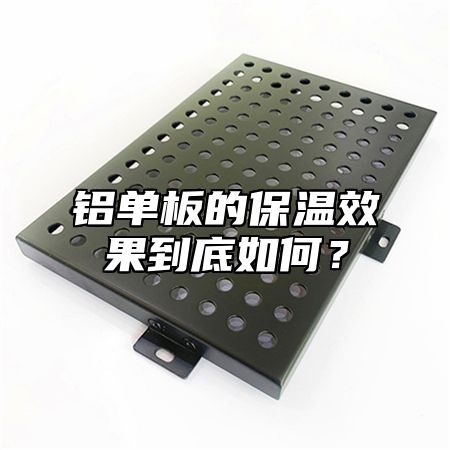
Aluminum veneerAs a lightweight, high-strength, and corrosion-resistant building material, it has been widely used in the construction industry. In addition to its excellent performance, the insulation effect of aluminum veneer is also an important concern for people. Below, we will provide a detailed introduction to the insulation effect of aluminum veneer.
Aluminum veneer has good thermal insulation performance. The surface of aluminum veneer is specially treated to form a dense oxide layer, which reduces the penetration of air and moisture and improves its insulation performance. Aluminum veneer can also be used in combination with different materials and thicknesses to further improve its insulation effect.
The insulation effect of aluminum veneer is also related to its installation method and construction technology. During use, attention should be paid to the correct installation and fixation of aluminum veneer to avoid problems such as gaps and cracks, which may affect its insulation effect. The insulation effect can also be improved by using appropriate insulation materials and auxiliary materials such as sealants.
Again, the insulation effect of aluminum veneer is also related to its usage environment and conditions. For example, when used in cold regions or winter, the thickness and density of the insulation layer should be appropriately increased to improve its insulation effect; When used in summer or warm regions, the thickness and density of the insulation layer can be appropriately reduced to save energy and reduce costs.
It should be noted that aluminum veneer, as a building material, has limited insulation effect. Generally speaking, high-quality aluminum veneer can improve the insulation performance of buildings to a certain extent, but it cannot completely replace traditional insulation materials. When choosing aluminum veneer, it should be selected based on specific building requirements and budget factors, and comprehensive consideration should be given to its insulation effect, installation method, construction technology, and other factors to ensure its normal use and achieve the expected insulation effect.
Aluminum veneer has good thermal insulation performance and can be used in combination with different materials and thicknesses to improve its insulation effect through correct installation and fixation, as well as appropriate auxiliary materials. In practical applications, we should make choices based on specific building requirements and budget factors, and comprehensively consider factors such as insulation effect, installation method, construction technology, etc., to ensure that aluminum veneer can achieve the expected insulation effect.

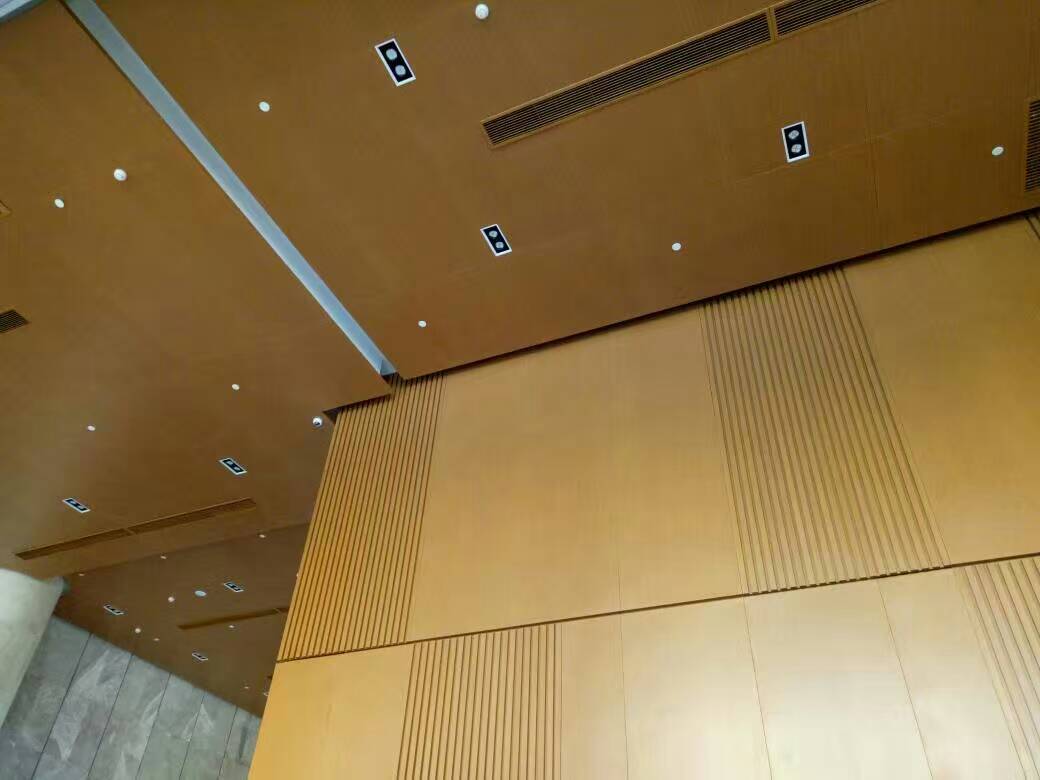
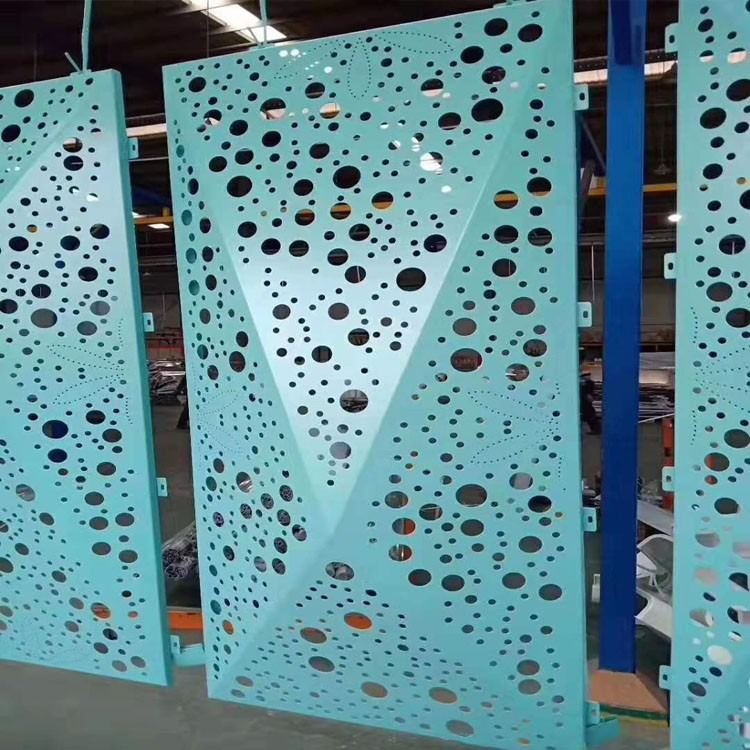
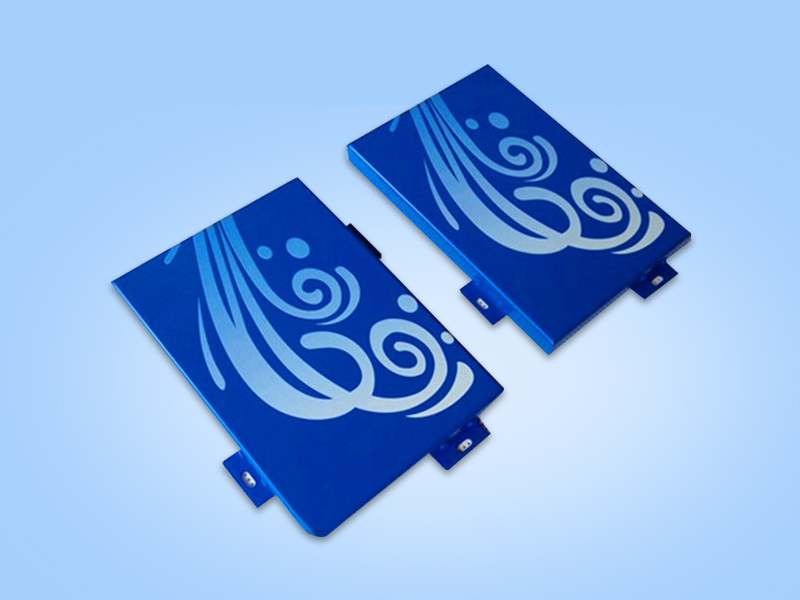

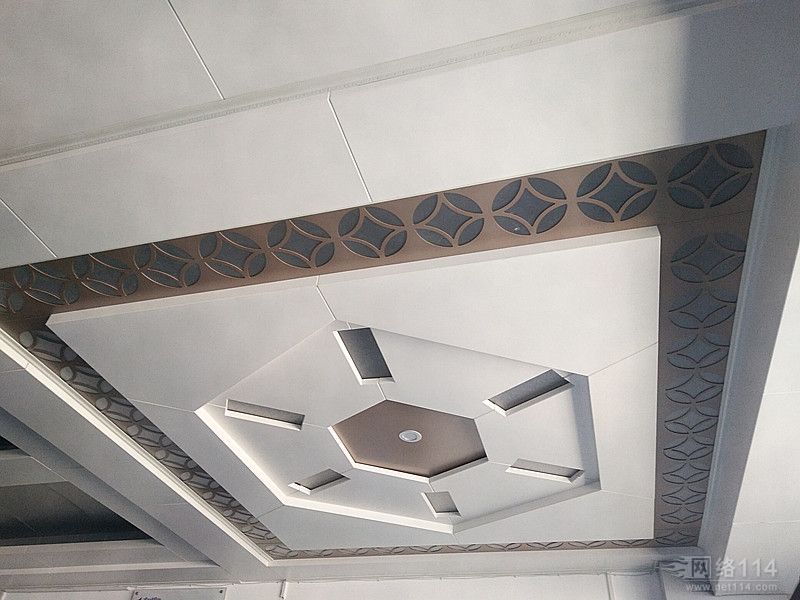
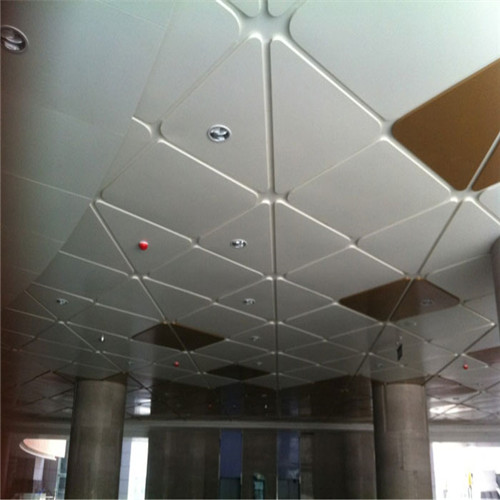
 Customer service QQ
Customer service QQ